Crabgrass is a coarse, unsightly weed that seems to live and spread forever once it starts on your lawn. Unlike many lawn weeds, which can persist for several years, crabgrass only lives for one year. However, what they do in that year will have an ongoing impact on your grass. Each crabgrass plant can produce up to 150,000 seeds over its lifetime. Those seeds are left behind, waiting to bloom the following spring and restart the cycle.
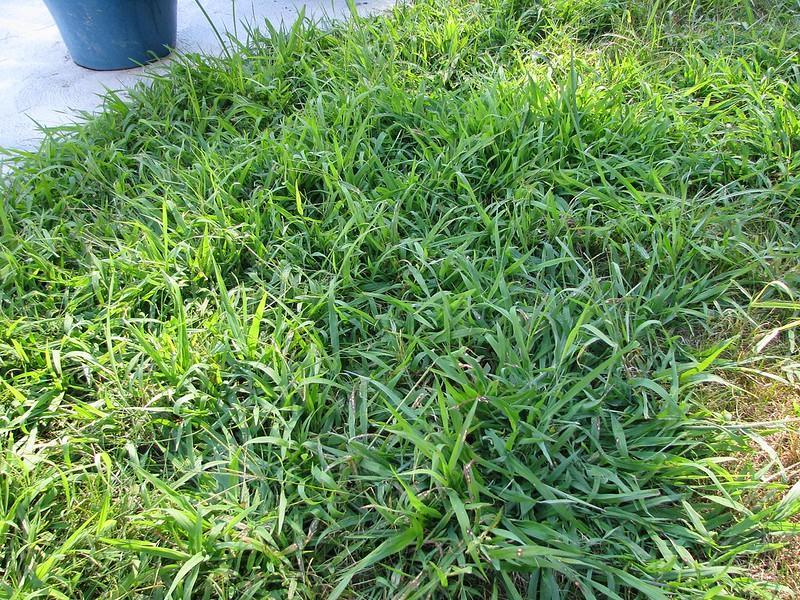
When seeds don’t germinate immediately, they can still live and come back to grow in subsequent years. Crabgrass is also known by the names finger-grass and fonio. They are slender monocotyledonous annual and perennial lawn, forage, and pasture plants; some are commonly considered lawn pests.
There are about as many varieties of crabgrass as there are different places to look for it. A minimum of 35 different species of crabgrass exist on a broad range. In North America, however, hairy and smooth crabgrass are the most prevalent forms. Different varieties of crabgrass are generally differentiated based on their names, prevalence, and locations.
It can be challenging to tell them apart with so many different crabgrass species. Nevertheless, you may read this in-depth article on crabgrass control helpful if you’re looking for a crabgrass killer. Read on to learn more!
RELATED: How To Get Rid Of Crabgrass For Good? | Prevent Crabgrass From Returning
Common Types Of Crabgrass
Here are a few common types of crabgrass:
1. Smooth Crabgrass
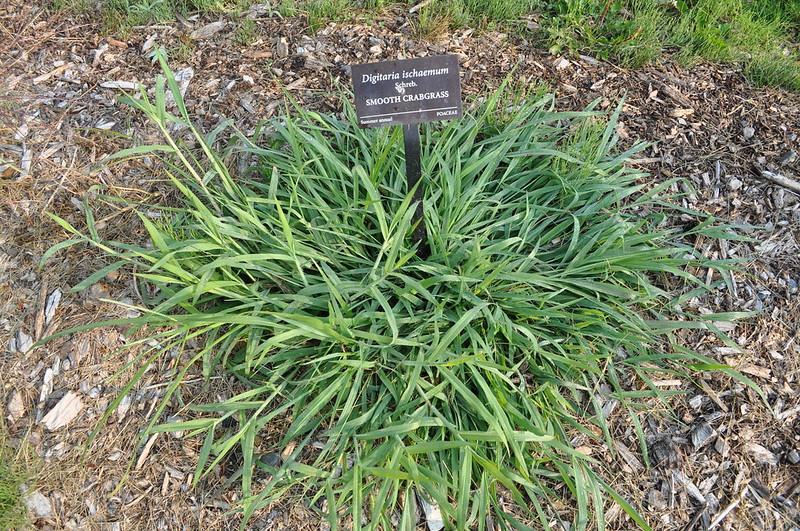
Smooth crabgrass can be found in most of North America. Smooth crabgrass infests lawns and landscaping as a grassy weed, replacing desirable grass forms with lawn weeds. Smooth crabgrass is less common and less weedy than common crabgrass.
Smooth crabgrass is an annual summer grass with a low-lying growth habit and has broad, smooth, hairless stems that reach a height of about 6 inches. It spreads both by seed and by the occasional roots of the lowest joints of the stems, making it an aggressive invader.
It is also known by its scientific name, Digitaria ischaemum, and the common name Small Crabgrass. It has a broad collar that is only sparsely hairy, and its ligule is tall and rounded at the top. The tips of the blades are pointy, with a few hairs scattered near the ligule.
2. Hairy Crabgrass
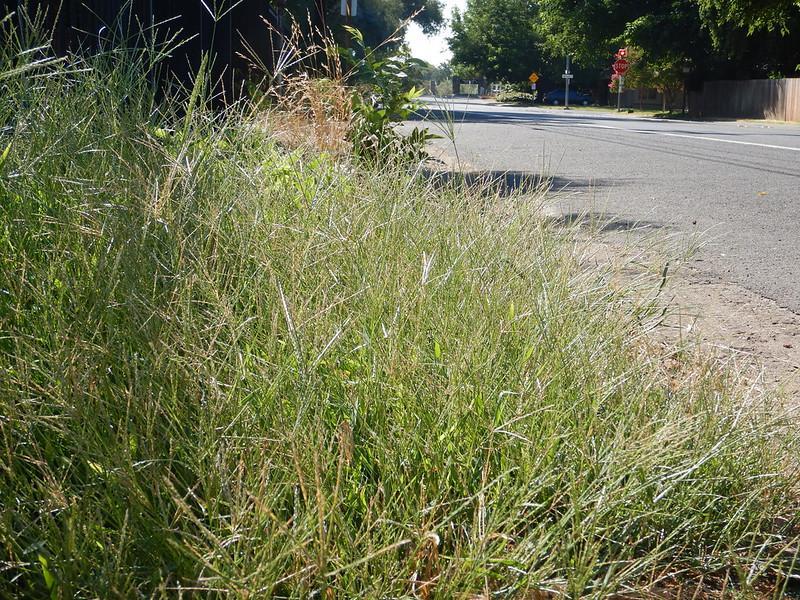
Also known as large or long crabgrass, it is a weedy summer annual with a propensity to spread very aggressively. At the base, it grows multiple stems that branch out, with the lower branches having a tendency to sprawl while upper branches tend to be more erect.
Although it is pretty tolerant of poor soils, it prefers damp to dry clay loams with full or partial sun. It has made its way to almost all the states in the United States.
Large crabgrass seeds germinate in the spring and compete with turf in the summer. The plants tiller and cluster as they get larger. However, large crabgrass plants do not spread very far and usually maintain a bunch-type growth habit.
3. Asian Crabgrass
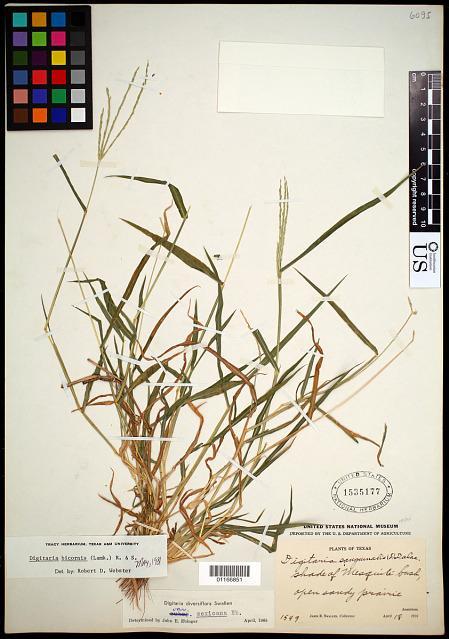
The common term “Asian Crabgrass” is deceptive because this weed is endemic to the southeastern region of the United States and grows both annually and occasionally perennially. This weed of warm-season lawns and gardens begins to sprout in the spring and continues to grow and produce seeds throughout the summer.
The seed begins to grow somewhere between the end of winter and April. It has a clumping behavior that causes it to cling to the ground, and it can root into the ground at the nodes on its leaves, making it very difficult to pull up as it develops.
The grass blades of tropical crabgrass are usually longer than 2 inches, and each blade contains a ligule made of membranous tissue clearly visible at its base. This grassy weed, which thrives in open, disturbed settings, frequently poses a threat to other forms of grasses that are useful for lawns.
4. Southern Crabgrass
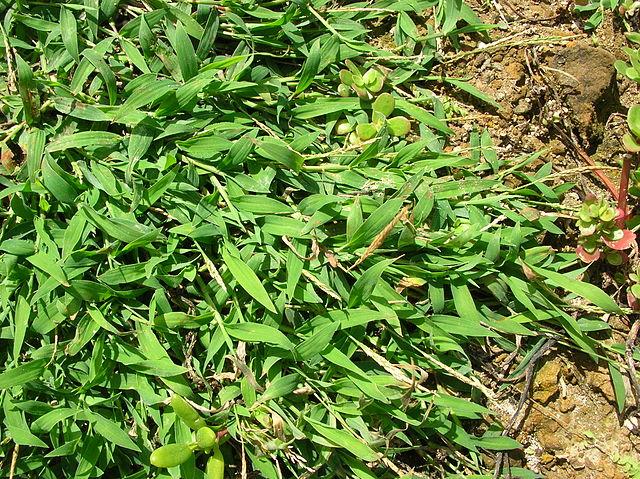
Southern crabgrass is a clump-forming warm-season annual grass endemic to the tropics. It can be found in lawns, pastures, or disturbed areas of the environment. It reseeds itself very easily and develops thick mats that are difficult to remove, both of which contribute to its status as a weedy plant.
The southern crabgrass spreads quickly and can reach heights of up to three feet. Roots often form near the nodes of the grass blades on stems. The grass blades and the stems are both covered in fine hairs, while the seed heads are quite stiff.
Digitaria ciliaris is the official botanical name for southern crabgrass. It is generally accepted that it originated in Asia, even though it can currently be found throughout the entire tropical belt and even in some temperate regions.
5. Blanket Crabgrass
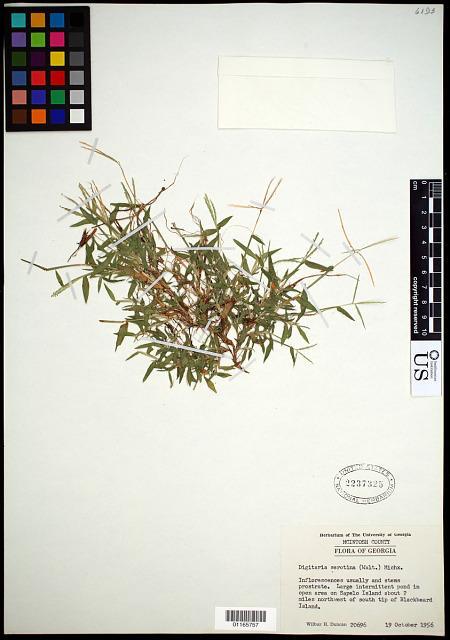
An annual grassy weed, blanket crabgrass is also referred to as dwarf crabgrass or, by its scientific name, Digitaria serotina. It is most common in disturbed or developed regions, pastures, lawns, and other low-lying locations. It favors moist to wet soils. It is an annual plant, which means it only lasts for one season.
As opposed to some other types of crabgrass, this one is usually simple to control since it lacks the intricate underground structures that are required to disperse new plant development via creeping roots.
It can be identified by its ascending or upright flowering stalks. Additionally, its leaves have very short blades and are tightly packed on the creeping stems. A membranous ligule can also be seen at the base of the grass blades.
Less Common Types Of Crabgrass
Here are a few less common types of crabgrass that are found in the United States:
India Crabgrass
India crabgrass is a summer annual that forms dense mats. Its leaf blades are only an inch long and smoother than blanket crabgrass. In addition, India crabgrass is typically found in arid areas, whereas blanket crabgrass prefers moist to wet sites.
Texas Crabgrass
Texas crabgrass is an annual plant native to the Americas, Asia, and Africa. It is a particularly resistant weed since it can withstand extremely high temperatures and many different types of stresses, such as insufficient water.
Carolina Crabgrass
Native to North America, Carolina crabgrass is a warm-season, short-lived bunch grass. The growth of crabgrass in North Carolina begins in the spring, with a height between one and two feet. The leaf blades are often shorter than 4 inches and are thin.
Naked Crabgrass
Naked crabgrass is a member of the family True grasses and is also known by its scientific name Digitaria nuda. Naked crabgrass, in contrast to more frequent crabgrass varieties, is notorious for being one of the most challenging to eradicate with acetanilide herbicide.
RELATED: Killing Crabgrass With Baking Soda (A Step By Step Guide)
Cotton Panic Grass
Warm-season perennial Comb Finger grass has tufts, is hairy, and can sometimes reach a height of 80 cm. It has various stems with slender branches and hairy bases. The leaves are delicate, flat, wrinkly, and twist as they age.
Frequently Asked Questions (FAQs)
What kills crabgrass and not the lawn?
If you have actively growing crabgrass, you should use selective, post-emergent herbicides like Image Herbicide Kills Crabgrass. It kills the crabgrass but doesn’t harm your lawn.
Is there another name for crabgrass?
Crowfoot grass, watergrass, and summer grass are just a few other names for crabgrass. It is frequently mistaken for goose grass, Bermuda grass, and perennial dallis grass.
Is quackgrass the same as crabgrass?
Quackgrass is a perennial grass that grows in the cool seasons, whereas crabgrass grows in the warm seasons. A quackgrass root system produces rhizomes that spread deep into the ground, whereas crabgrass roots form a shallow crab-like structure.
For more information, click here!
Should you pull out crabgrass?
Mature crabgrass has forked seed heads that contain thousands of tiny seeds. So, leave mature plants alone, but you can remove young crabgrass plants with closed seed heads. Additionally, watering the ground before pulling weeds is quite helpful.
Why does my lawn have so much crabgrass?
Crabgrass prefers sandy soil that has been compacted and where the grass is thinned and weak. Crabgrass also loves such lawns where sunshine directly reaches the ground; therefore, bare, thin lawns are perfect for the growth of crabgrass.
Sources For Further Reading
Biology and Management of Crabgrass – UMass Extension Turf Program
Crabgrass Species Control in Turfgrass – University of Tennessee, Institute of Agriculture
Timing crabgrass preemergence applications in spring – Michigan State University Extension







